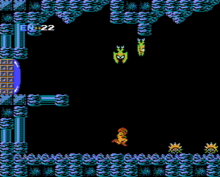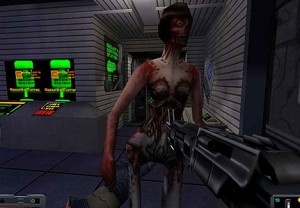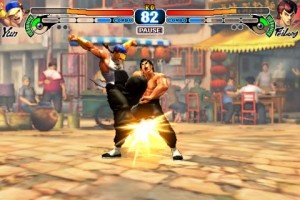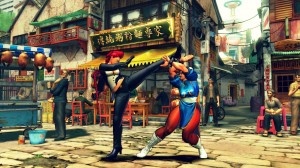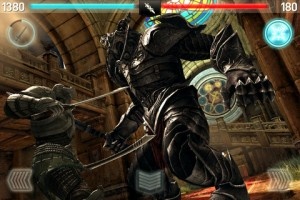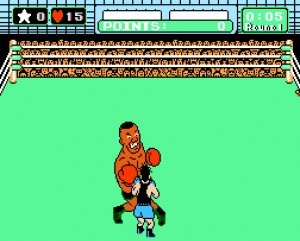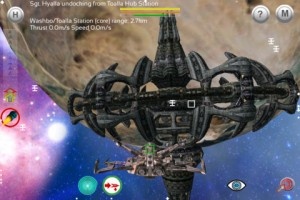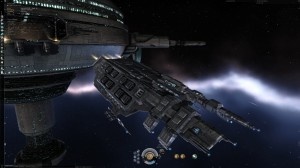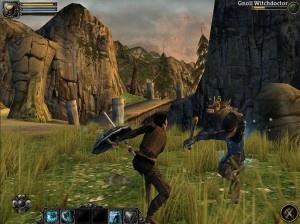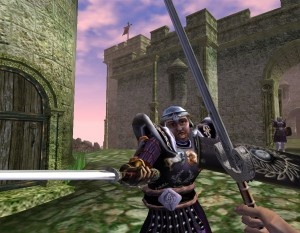Penny Arcade's On the Rain-Slick Precipice of Darkness 3 is a Console-Quality iOS Game

Both Zeboyd and Penny Arcade have had a hand in their fair share of RPGs over the past few years, but it wasn’t until recently that the two found each other and created some incredibly sweet (and utterly surreal) music together. This third entry in the Rain-Slick Precipice series marks both the Penny Arcade RPG’s first foray into “retro” territory as well as Zeboyd’s best refinement of their quirky RPG system to date. Ancient sea gods and mimes are just the beginning.
The Gameplay
One of the biggest differences between a Zeboyd RPG and a more typical example is the treatment of the combat. Health, magic, and items all reset after every fight, eliminating the need to constantly micromanage party resources. To compensate for this enemies gain strength with each passing turn, lending a sense of urgency and increased strategy to every combat scenario. What makes Rain-Slick 3 so much fun (aside from the rampant Penny Arcade humor) is the emphasis on multi-classing. Finding the right combination of character abilities can lead to some incredibly satisfying victories, and the way everything resets after every battle makes experimentation far less grueling.
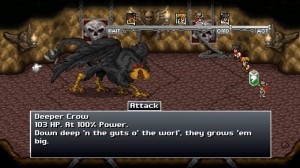
The original Rain-Slick 3 made its debut on both Steam and Xbox Live Indie Games, and felt right at home on both platforms. It’s wonderfully retro while at the same time incredibly modern and accessible. And all of that “magic” has been retained in the iOS version. All the humor, the unique mechanics, the splendid visuals, and so on have made the transition almost seamlessly. The only real difference between the mobile version and its console/PC brethren - aside from the smaller screen and blessed portability - is the interface, which has been adjusted for touch controls. And save the rather garish virtual stick, it’s very near flawless.
One of the things I love most about Rain-Slick 3 on iOS is that it’s not an “inferior” version like some ports tend to be. All the bonus content (alternate appearance packs, Lair of the Seamstress DLC, etc) is included, and it’s received just as much post-release support as the other platforms. The fact that it’s a fantastic game even without prior knowledge of any inside jokes or experience with the previous two titles makes it all the more noteworthy.
*NOTE: “Console-quality” refers to the quality of the experience, not just the graphics. This is about the depth of gameplay, content, and in some cases how accurately it portrays the ideals of its console counterpart.*








